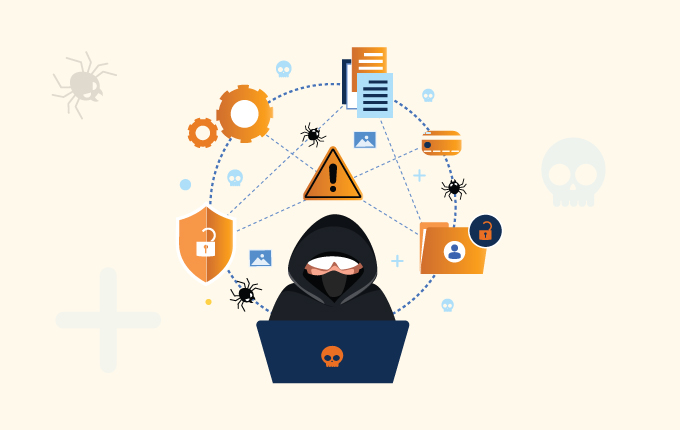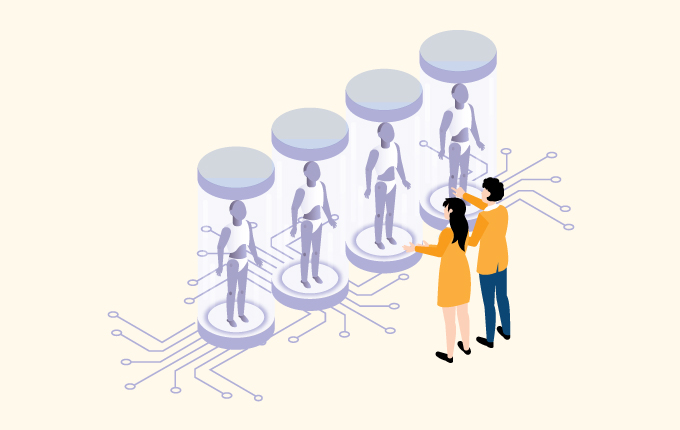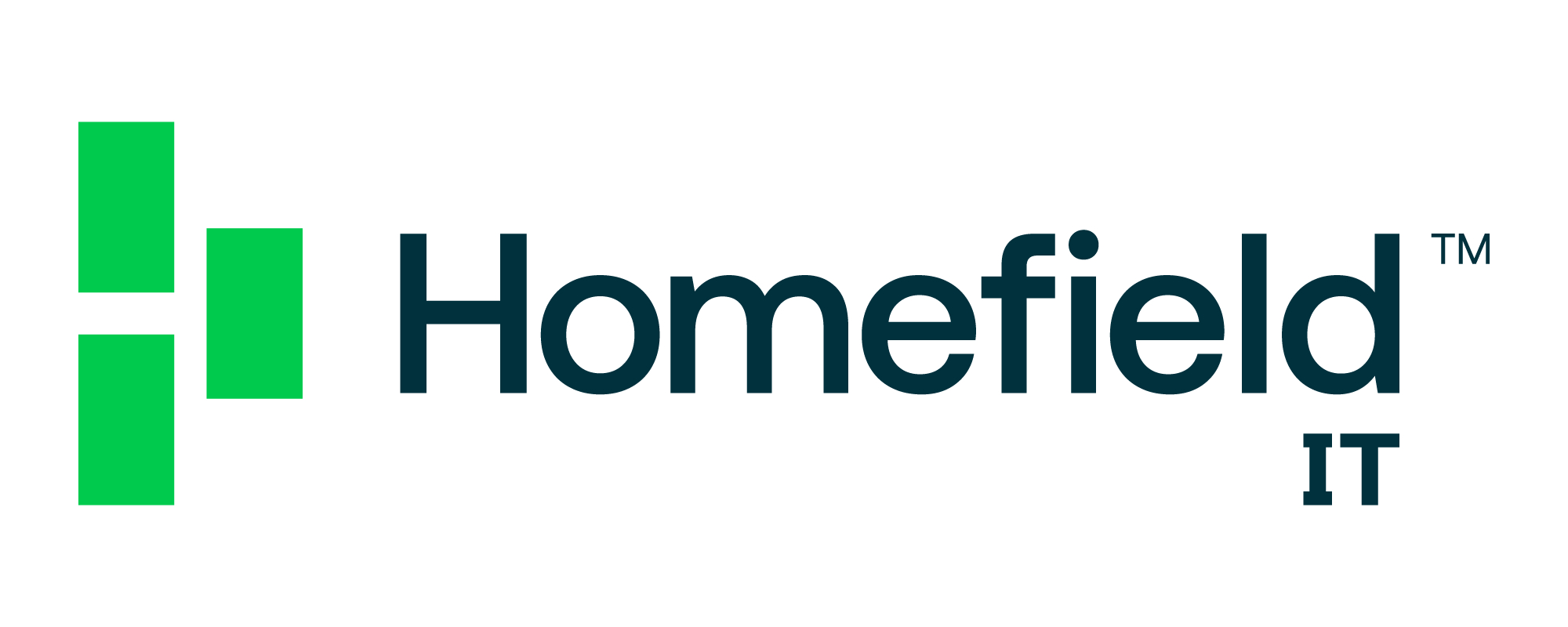Business IntelligenceCloud ServicesIT Consulting & StrategySecuritySoftware DevelopmentTech Support & Managed IT ServicesTelecommunicationsConstructionEducationFinanceHealthcareLegalNon-ProfitsReal EstateStartups
If there’s one trend in cybersecurity, it’s that attacks are always on the rise. And, to make things even more fun, attacks are growing in sophistication as they increase.

Data shows that in Q3 of 2022 there was a 28% increase in global attacks compared to the same time in 2021. If you break it down further, there are more than 1,130 attacks weekly.
As a result of these trends, there is an increased need to take an approach to cybersecurity that is equally sophisticated.
The emergence of Zero Trust and SASE has become an attractive solution for organizations looking to reduce security risks and improve access control. Zero trust and SASE both rely on secure gateways to provide authentication, authorization, and access control.
What is zero trust?
Zero Trust is a security approach that assumes everyone is a threat until they prove they’re not. What this means is that all access to your network must be verified, everyone has least privilege access (which restricts what they can access on your network), and all network resources are verified and secured.
While this seems like it might make it more challenging for those on your teams to get access, the reality is that it ensures that anyone who accesses your network or data has been thoroughly verified and authenticated.
What is SASE?
SASE is an acronym that stands for Secure Access Service Edge. This security architecture combines secure web gateways, application firewalls, and cloud access security brokers into a cloud-delivered platform that is flexible, more cost-effective than other approaches, and simpler to manage because it’s an all-in-one approach, rather than several different frameworks working together.
At its core, SASE is:
- Identity-driven – Access is granted based on verifying the identity of both users and devices
- Cloud-native – They exist in the cloud and come with all the benefits of cloud-based applications (like flexibility and scalability)
- Supports the edge – You can get security as close to where they’re needed as possible
- Globally enabled – It doesn’t matter where your teams are, they are protected
With SASE, secure gateways are used as a way to protect access to your data and networks. They work by filtering out unsecured internet traffic. Basically, they give your security team the ability to be incredibly specific about what you can and can’t do on the net, preventing people from accidentally accessing something that could grant cybercriminals access to your system.
How zero trust and SASE are different
With Zero Trust, the basic principle is to assume everyone is a potential attacker until they’re verified. Further, once someone is verified, they have extremely limited access to your network. The goal is to make sure that everyone has the basic access they need to do their job, but nothing else. What this does is limit the damage that a cybercriminal can do if they do break in. Essentially, instead of gaining access to the backdoor and the rest of your house, they get access to a closet that doesn’t have another door.
When this kind of access control is applied to an entire company, no one person is an entry point to the entire company.
With SASE, you’re combining a full suite of web security tools into a framework that allows you to micromanage the traffic on your network. Although this may seem more like the kind of approach you’d take in a high school, what this does is prevent those moments where people accidentally click on the wrong link or open the wrong email from becoming a major issue. With SASE, the traffic is blocked and your business remains protected.
Ultimately, when combined these practices create a powerful framework that ensures your network and data are safe. You get the peace of mind that comes with zero trust and knowing everyone who’s on your network is supposed to be there and you get the added benefit of making sure that none of those verified users allow the wrong kind of traffic into your network.
This combination creates a stronger baseline security, streamlines network management, and reduces the cost of providing security at scale on a global level.
Want to learn more about SASE and zero trust?
The more layers of security your business has, the better protected you are. Not only does it mean you’re not dealing with regular cyberattacks, but you’re also in a better position to serve your customers because you’re not dealing with the downtime associated with cyberattacks. On top of that, you’re building trust with customers. Studies have found that 21% of customers will stop doing business with an organization that’s suffered a data breach. Even large enterprises can’t survive a shift like that more than once.
To ensure that you, your network, and your customers are protected, you need comprehensive coverage. To find out more about how SASE and zero trust can help your business, let’s talk. Our experts have more than 20 years of experience helping protect organizations like yours. Contact us today to learn more.
 January 11, 2023
January 11, 2023 Manhattan Tech Support
Manhattan Tech Support




